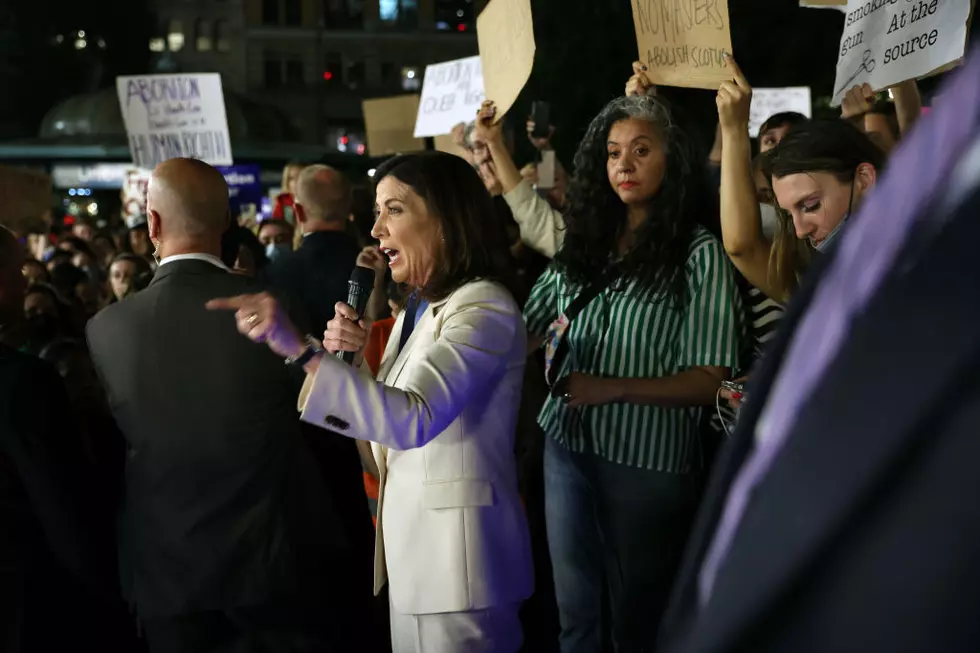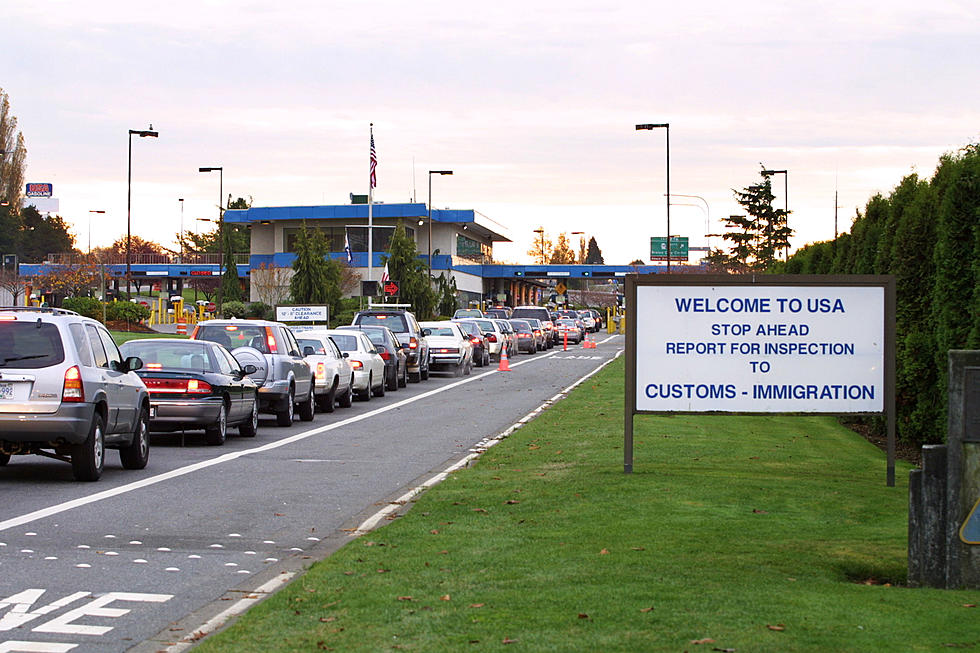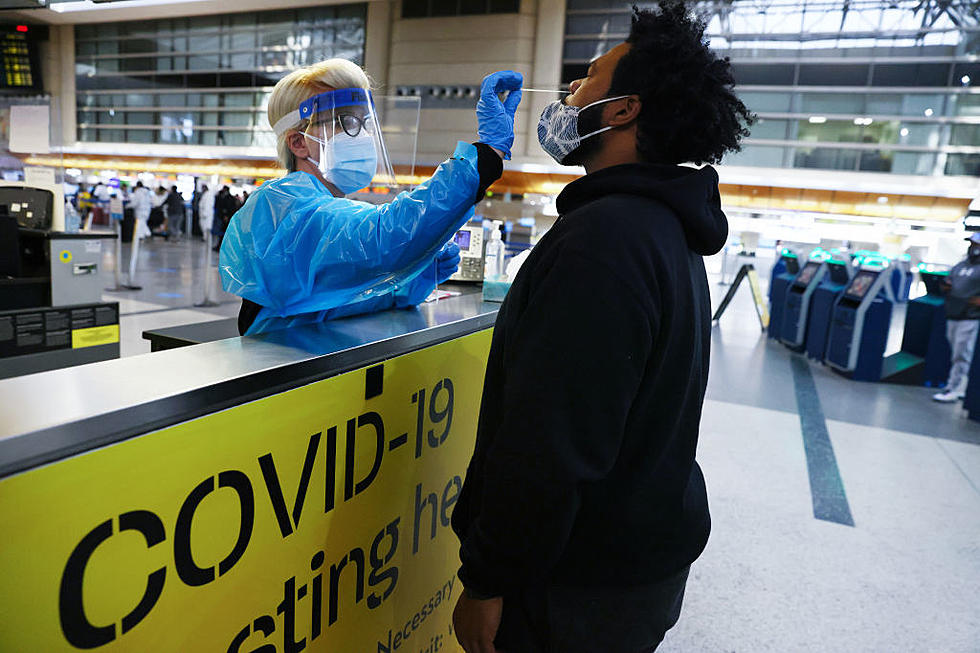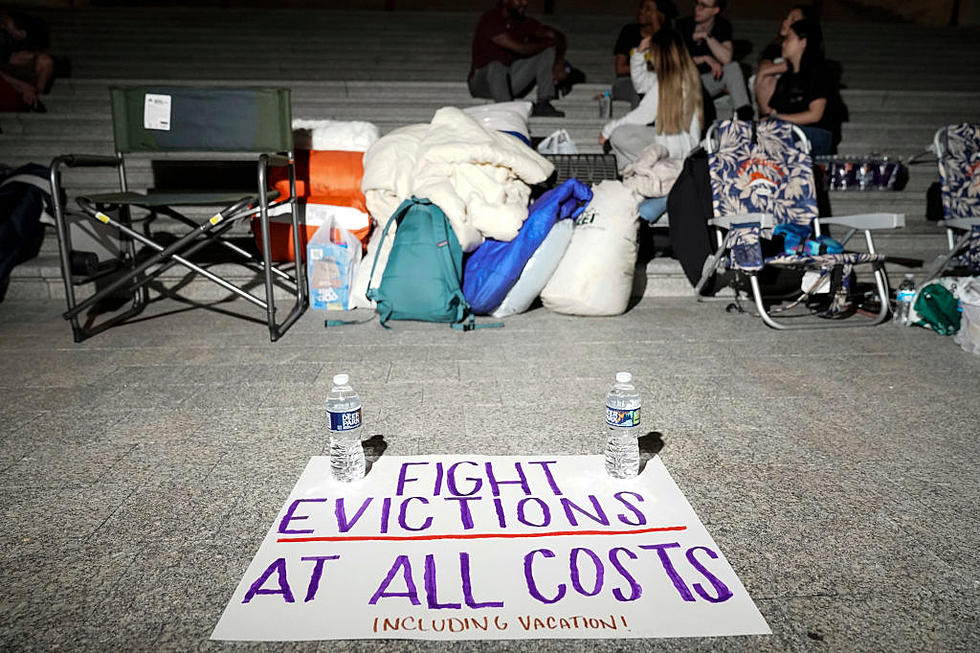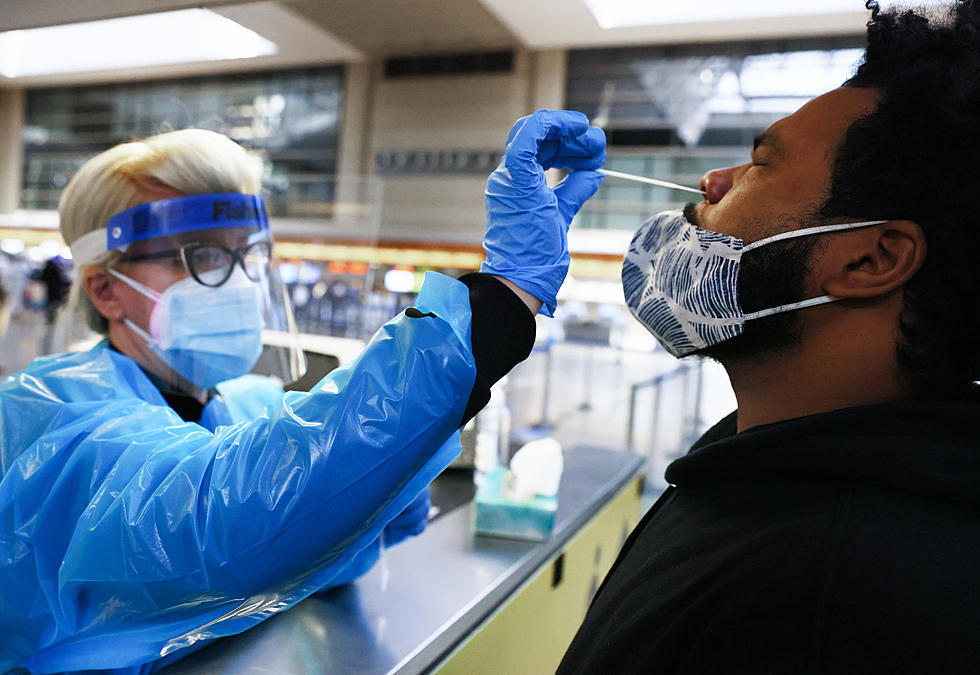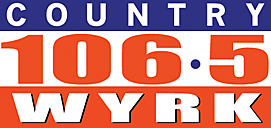
Send Kids To School or Stay Home? Here’s Why I’m Considering Homeschool
Summer's hottest debate is about fall -- specifically, will you be sending your child to school or would you continue to homeschool, amid the spread of the novel coronavirus around the nation.
Here's why I’m leaning toward choosing homeschool for the upcoming school year.

The White House is pressing states to put forth their plans for returning to school, urging that in-person learning is critical to both the social/emotional and academic success of students, but also the financial stability of parents.
"Parents have to get back to the factory. They’ve got to get back to the job site. They have to get back to the office. And part of that is their kids, knowing their kids are taken care of," Health and Human Services Secretary Alex Azar said.
And while COVID-19 appears to cause far worse health problems for adults than children, don't count me among parents who are comforted by those low pediatric COVID-19 infection numbers.
In New York, schools closed state-wide by mid-March, well before the state's infection numbers peaked. Now, my kids haven't had a single cold or illness since, and I wouldn't classify us as folks with robust immune systems -- if someone gets sick, it travels quickly among my family.
In a typical school year, we'd be circulating at least one round of a spring cold or flu among us. Is it a wild stretch of the imagination to wonder if the reason kids aren't getting sick, is because we did a good job isolating them by closing schools when we did?
We're all acutely aware of the sacrifices made during the pandemic. There isn't a single person unaffected by COVID-19 in some way -- whether it's financially, emotionally, or academically. The point being, we've already given up so much, do we really want to lose the advantages those sacrifices provided by opening up too soon?
I hope kids continue to experience the least severe physical effects of coronavirus, and that science proves that COVID-19 isn't as dangerous for kids as it is for adults. But what about the adults working with kids at school?
We know maintaining six-feet of distance between people, hand-washing and wearing masks can slow the spread of coronavirus. But those are also three things I have a real hard time getting my kids to do, properly and consistently.
Could we be bracing for infection numbers rising among teachers, bus drivers, cafeteria workers, and office staff? In Sweden, where schools never closed, several teachers died from coronavirus. The fear is that children who feel fine but might be carriers of the virus could pass it along to adults, effectively making schools an epicenter for new outbreaks.
Despite infections present in schools, Sweden did not track infection numbers among children. Anita Cicero, an expert in pandemic response policy at Johns Hopkins University’s Bloomberg School of Public Health told Science Magazine:
“I’m concerned that there may be a rush to judgment that asymptomatic school children aren’t spreading COVID-19 to adults. In Sweden, they have had a rare opportunity to understand [school] transmission chains better. But you can’t find what you don’t look for. The U.S. and other countries with closed schools would certainly benefit from that research.”
Both school districts and parents are making decisions using what we know about the disease based on available research, but that's the rub with a novel virus -- it's new, and medical research takes time. Which means parents are tasked with doing the best they can with the information they have. And we can't really have a conversation about the choice to homeschool, without addressing the role privilege plays in the decision.
I know how fortunate I am for homeschool to be a realistic option. My kids don't require special support services; but that wasn't always the case. As a parent with experience in Early Intervention and CPSE programs, I can attest to how important an Integrated Education Plan (IEP) is for a child with challenges. If we still needed services provided by speech or occupational therapists, I'm not sure I'd be able to entertain homeschool as an option.
Of course, to homeschool you need to be home. For working parents, this is complicated.
I’m fortunate to be working remotely, so for now I don’t have to worry about who stays with my kids during the workday. Eventually, when I do have to report to work physically, the childcare help from my mom will be what makes homeschool a possibility.
When they say "it takes a village," it's true. And when grandparents are part of your village, it becomes another factor to consider in deciding to send your kids to school or not. People over the age of 65 are among the most likely to experience severe illness from COVID-19, with people over 85 at the highest risk. After isolating for months, I've just recently started bringing my kids around my parents again and want to still be able to. Homeschool means we can still keep our circle small.
And, by the end of this school year I won’t be a single parent anymore -- having a partner is an absolute game-changer. When it comes to deciding how much you want to take on, having a support system is everything.
This is not an easy decision for any parent to make. For some, there is no decision to be made -- if school is in session, the kids will go. Some parents who know they will send their kids if they can, are choosing to mitigate some of that risk in other ways, like driving their kids to school instead of using bus transportation, and plans for bringing lunch from home instead of buying it in a cafeteria.
The school day is built on shared spaces; if I’m able to homeschool, then that’s one less kid needing to be accommodated in a classroom that has to create appropriate and safe physical distance for students. The average public school class size in the United States is 20-24 students. For me, homeschooling feels just as much like "doing my part" as wearing a face mask in a store.
Globally, school systems have proposed different measures to create safe physical space in already overcrowded classrooms, such as hybrid attendance (alternating weeks of in-person instruction with distance learning at home), and plexiglass partitions between desks.
I’m not sure how schools might look in the fall -- but I realize fewer kids to accommodate inside might make it that much safer for everyone.
The decision to send your kids to school or keep them home is deeply personal, and dependent on a variety of personal circumstances that are going to be different for every family. There is no one-size-fits-all approach.
Man, we thought parenting was hard a year ago. No one was prepared for pandemic parenting.
Top 7 Phrases You Hope You'll Never Hear Again After The Pandemic
More From 106.5 WYRK
